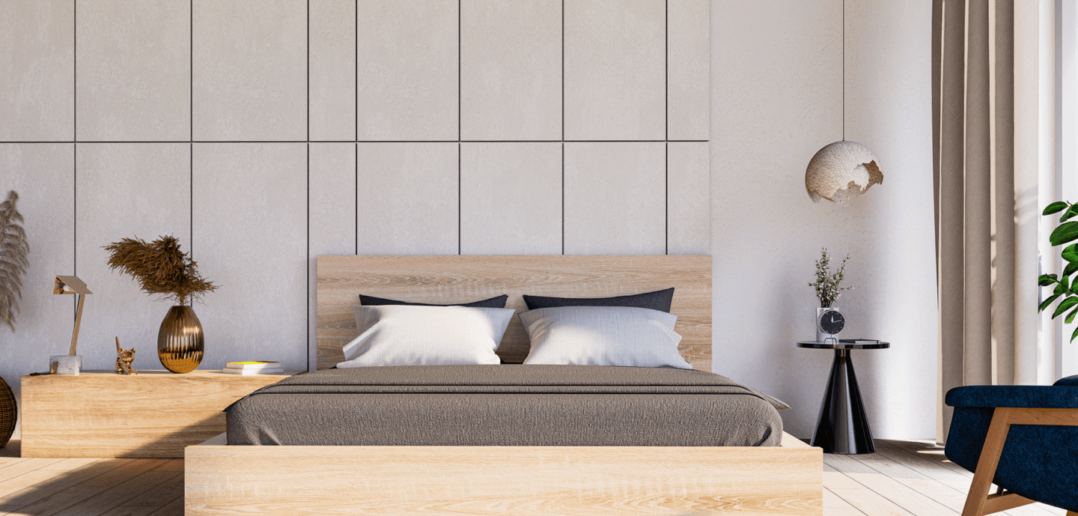7 Principles Of Interior Design
In this article, you will learn about the 7 principles of interior design. An interior designer needs to be well versed with the principles of interior design to arrange and organize so that good composition can be achieved. So, without further explanation, we understand the 7 principles of interior design and understand their significance in the world of interior design.
1.Unity
The principle of Unity as the name implies that there should be a sense of hormony or uniformity among all these 7 elements are used. Interior design should serve as a great visual guide for a person to understand a living space without unity. All the elements are using should compliment to one another. In this smooth transition should exist from one to another. In this, a good understanding of alignment of objects, repetition of elements based on overlapping, continuation and similarity of interior design elements. They are the various ways to achieve ‘Unity’ in an interior design arrangement.
2. Balance
The principle of balance refers to the ordered distribution of elements of equal weight to achieving a great visual equilibrium. Balance is only achieved when the visual weight of the elements are equally along a point or central axis. It can be both imaginary and real. It can achieve either by symmetrical, asymmetrical and radial.
3. Rhythm
The principle of rhythm suggesting a connected movement between different elements of interior design. The movement is essential to maintaining a visual tempo between elements that have different visual weight. In this, elements repeated in an orderly fashion and the spaces between them to create a sense of rhythm. It can be achieved in any living space by following different methods -progression, repetition, alternation.
4. Emphasis
The emphasis, as the name suggests, is a principle of interior design that says that furniture or central piece must play the role of focal point of particular living space. Elements like texture, pattern, and color to emphasize a particular focal point. These elements must be used is used in such a way that focal point dominates the rest of decor items and pulls the room together.
Other items that surround the focal point must complement the latter and share a contrast that putting the focal point in the topmost priority.
5. Contrast
It refers to the difference in the color of objects or luminance that differentiates them from one another. In Interior design, contrast can be achieved by mainly three elements- form, color, and space. One can use prints or pillows of two opposite colors like white and black to achieve their maximum contrast. It can make an object distinguishable. Contrast can be greatly achieved by combining two or more different forms. For example- one can easily combine a rectangular and circular sofa to distribute and balance the attention between both the items. Find Best Interior Design Company in Gurgaon
6. Scale and Proportion
The principles of proportion and scale ensure that object placed in space looking that they greatly belong to each other. Be it size, dimension, and color of the object, a hormony should be established between them in which great proportion has to be maintained.
For example, high-risk furniture should be greatly preferred over the low-risk furniture like ottomans. Under-stuffed pillows would make a sofa look under accessorized and empty. It thus disrupting the proportion and hormony that is supposed to exist.
7. Details
In interior designing, every detail adding lit of life in the interior design. It adding their own distinctive feature to the overall composition. Once, you sure that you have achieved all the above principles. Then interior designer takes time for details to take over and beautify the place further.
Well, this was the end of the article of 7 Principles of Interior Design. These above principles will definitely work.
Looking For Interior Designer Company in Dwarka ?

